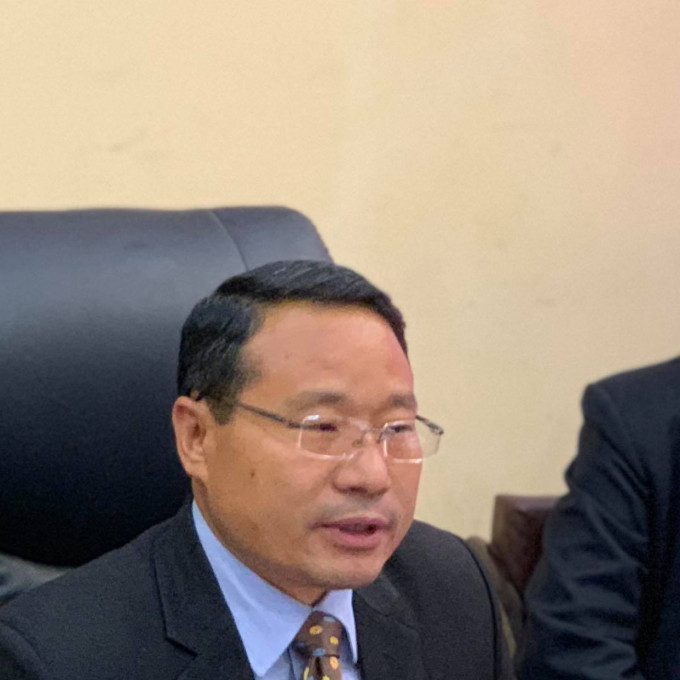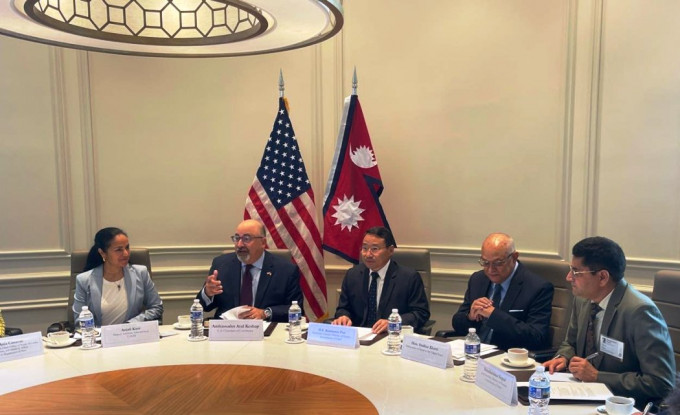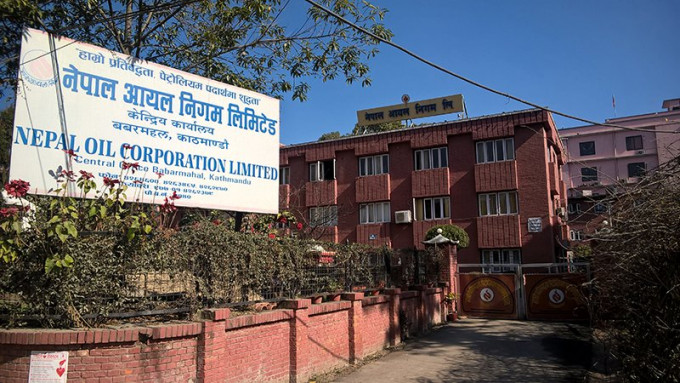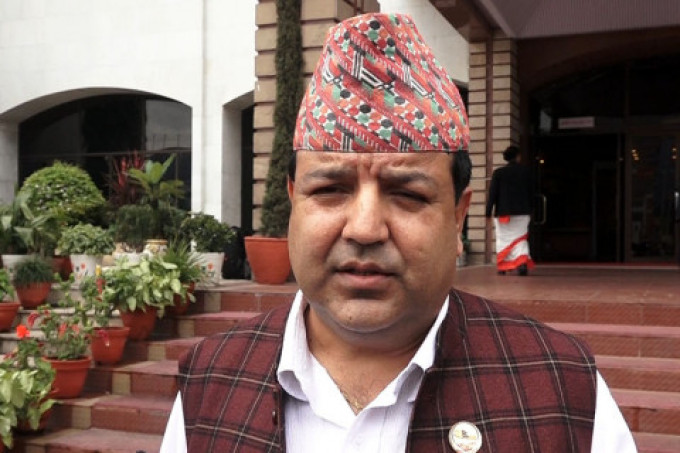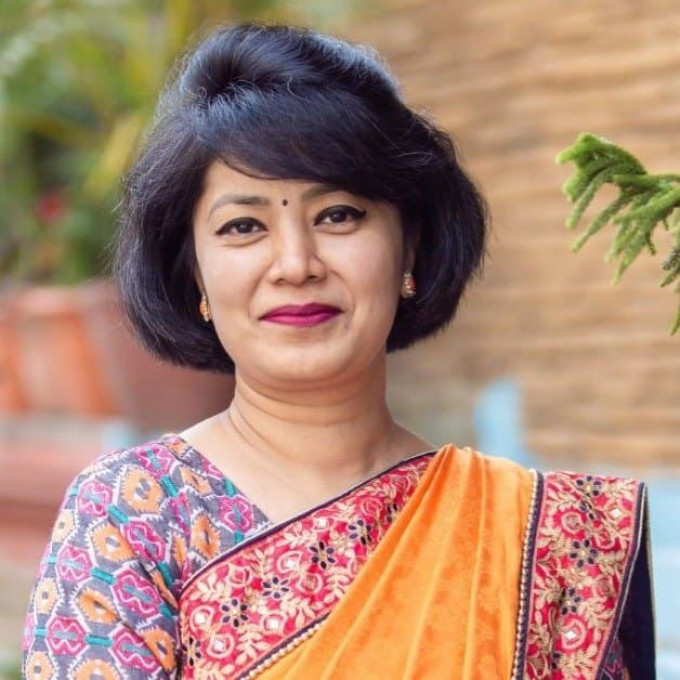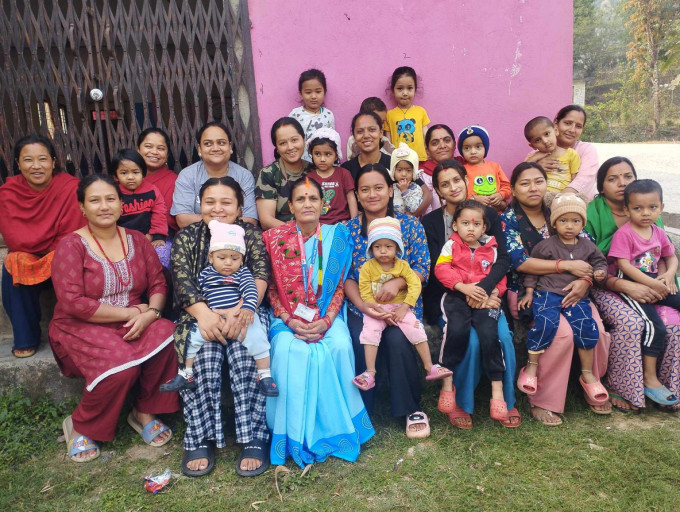As India’s economy grew, the hum of factories turned the sleepy, dusty village of Manesar into a booming industrial hub, cranking out everything from cars and sinks to smartphones and tablets. But jobs have run scarce over the years, prompting more and more workers to line up along the road for work, desperate to earn money.
Every day, Sugna, a young woman in her early twenties who goes by her first name, comes with her husband and two children to the city’s labor chowk - a bazaar at the junction of four roads where hundreds of workers gather daily at daybreak to plead for work. It’s been days since she or her husband got work and she has only five rupees (six cents) in hand.
Scenes like this are an everyday reality for millions of Indians, the most visible signs of economic distress in a country where raging unemployment is worsening insecurity and inequality between the rich and poor. It’s perhaps Prime Minister Narendra Modi’s biggest challenge as the country marks 75 years of independence from British rule on Aug. 15.
“We get work only once or twice a week,” said Sugna, who says she earned barely 2,000 rupees ($25) in the past five months. “What should I do with a life like this? If I live like this, how will my children live any better?”
Entire families leave their homes in India’s vast rural hinterlands to camp out at such bazaars, found in nearly every city. Out of the many gathered in Manesar recently, only a lucky few got work for the day — digging roads, laying bricks and sweeping up trash for meager pay — about 80% of Indian workers toil in informal jobs including many who are self-employed.
India’s phenomenal transformation from an impoverished nation in 1947 into an emerging global power whose $3 trillion economy is Asia’s third largest has turned it into a major exporter of things like software and vaccines. Millions have escaped poverty into a growing, aspirational middle class as its high-skilled sectors have soared.
This year, the economy is forecast to expand at a 7.4% annual pace, according to the International Monetary Fund, making it one of world’s fastest growing.
But even as India’s economy swells, so has joblessness. The unemployment rate remains at 7% to 8% in recent months. Only 40% of working age Indians are employed, down from 46% five years ago, the Center for Monitoring the Indian Economy (CMIE) says.
As workers lost jobs in cities during the pandemic, many flocked back to farms, pushing up the numbers. “This didn’t necessarily improve productivity - but you’re employed as a farmer. It’s disguised unemployment,” Vyas said.
With independence from Britain in 1947, the country’s leaders faced a formidable task: GDP was a mere 3% of the world’s total, literacy rates stood at 14% and the average life expectancy was 32 years, said Adhia.
By the most recent measures, literacy stands at 74% and life expectancy at 70 years. Dramatic progress came with historic reforms in the 1990s that swept away decades of socialist control over the economy and spurred remarkable growth.
Financing has tended to flow into profitable, capital intensive sectors like petrol, metal and chemicals. Industries employing large numbers of workers, like textiles and leather work, have faltered. This trend continued through the pandemic: despite Modi’s 2014 ‘Make in India’ pitch to turn the country into another factory floor for the world, manufacturing now employs around 30 million. In 2017, it employed 50 million, according to CMIE data.
Some, like 21-year-old Sahil Rajput, view such work as a way out of poverty. Rajput has been fervently preparing for a job in the army, working in a low-paid data-entry job to afford private coaching to become a soldier and support his unemployed parents.
There’s still a long way to go, in educating and training a labor force qualified for such work. Another worry is the steady retreat of working women in India — from a high of nearly 27% in 2005 to just over 20% in 2021, according to World Bank data.
Meanwhile, the stopgap of farming appears increasingly precarious as climate change brings extreme temperatures, scorching crops.
Sajan Arora, a 28-year-old farmer in India’s breadbasket state of Punjab, can no longer depend on ancestral farmland his family has relied on to survive. He, his wife and seven-month old daughter, plan to join family in Britain and find work there after selling some land.
“Agriculture has no way forward,” said Arora, saying he will do whatever work he can get, driving a taxi, working in a store or on a construction site.
He’s sad to leave his parents and childhood home behind, but believes the uncertainty of change offers “better prospects” than his current reality.
“If everything was right and well, why would we go? If we want a better life, we will have to leave,” he said.
READ ALSO:

